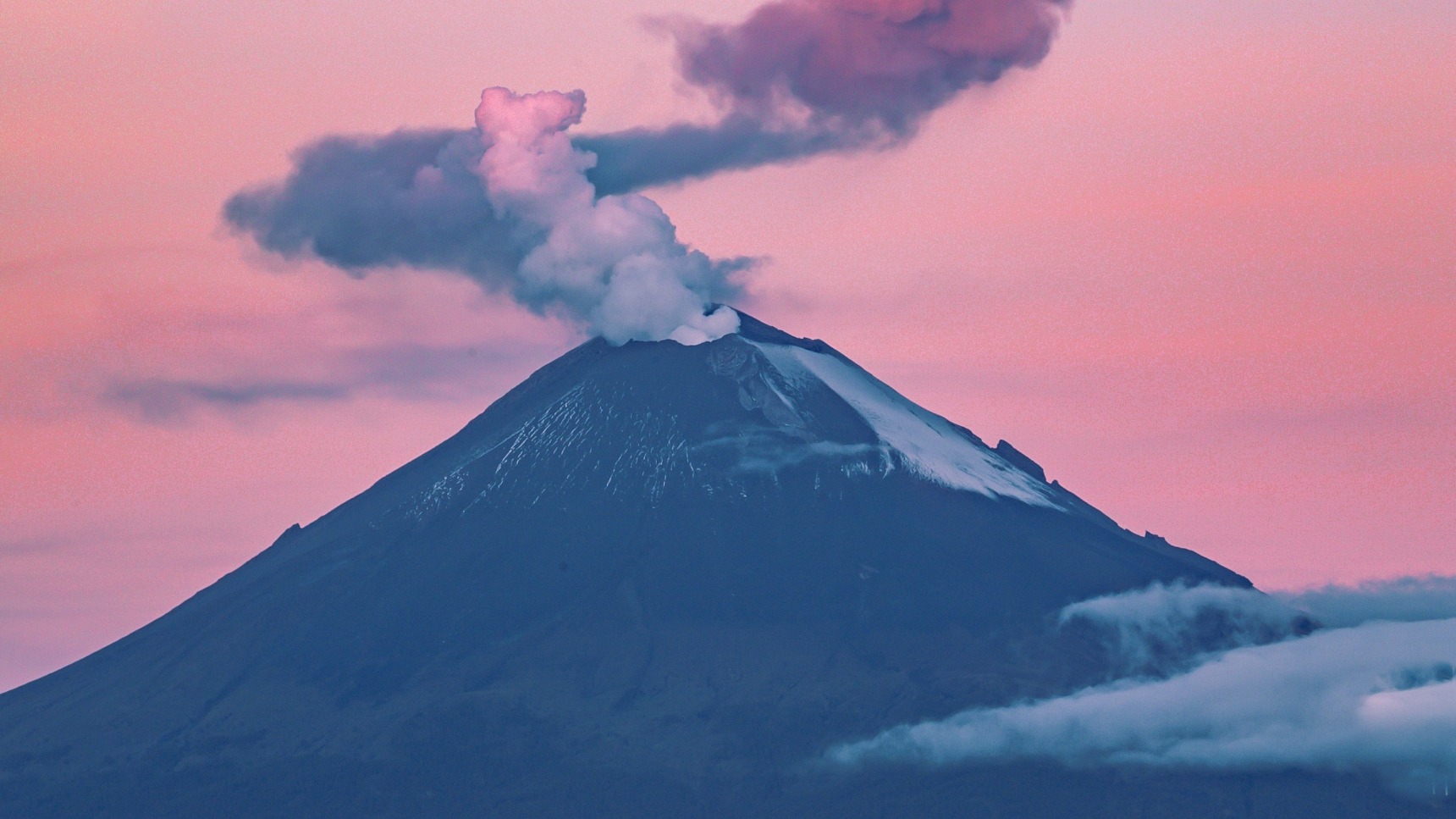Popocatépetl Volcanic Activity
An update on the volcanic activity of Popocatépetl from a geological perspective, including background information.
Introduction
Popocatépetl is a stratovolcano located 70 km southeast of Mexico City. Its name is the Aztec word for 'smoking mountain'.

Geological History
The geological history of Popocatépetl began with the formation of the ancestral volcano Nexpayantla. About 200,000 years ago, Nexpayantla collapsed in an eruption, leaving a caldera, in which the next volcano, known as El Fraile, began to form. Another eruption about 50,000 years ago caused that to collapse, and Popocatépetl rose from that.
Recent Activity
According to the Global Volcanism Program, there were 65-288 daily steam-and-gas emissions, sometimes containing ash, and daily explosions at Popocatépetl during 26 April-2 May 2023. Ash-and-gas plumes drifted ENE. On most days webcam images showed nighttime incandescence in the crater and from material that had been deposited on the upper flanks.
Influence of Earthquakes
A recent study published in the Bulletin of Volcanology suggests that there is an influence of tectonic earthquakes on Popocatépetl’s activity. The study introduces an index identifying the earthquakes with the highest potential to promote volcanic activity (termed “significant earthquakes”). The time series of significant earthquakes is compared with the intensity of the volcanic activity. Three main periods with contrasting activity stand out showing that Popocatépetl presents intense activity when significant tectonic earthquakes are frequent.